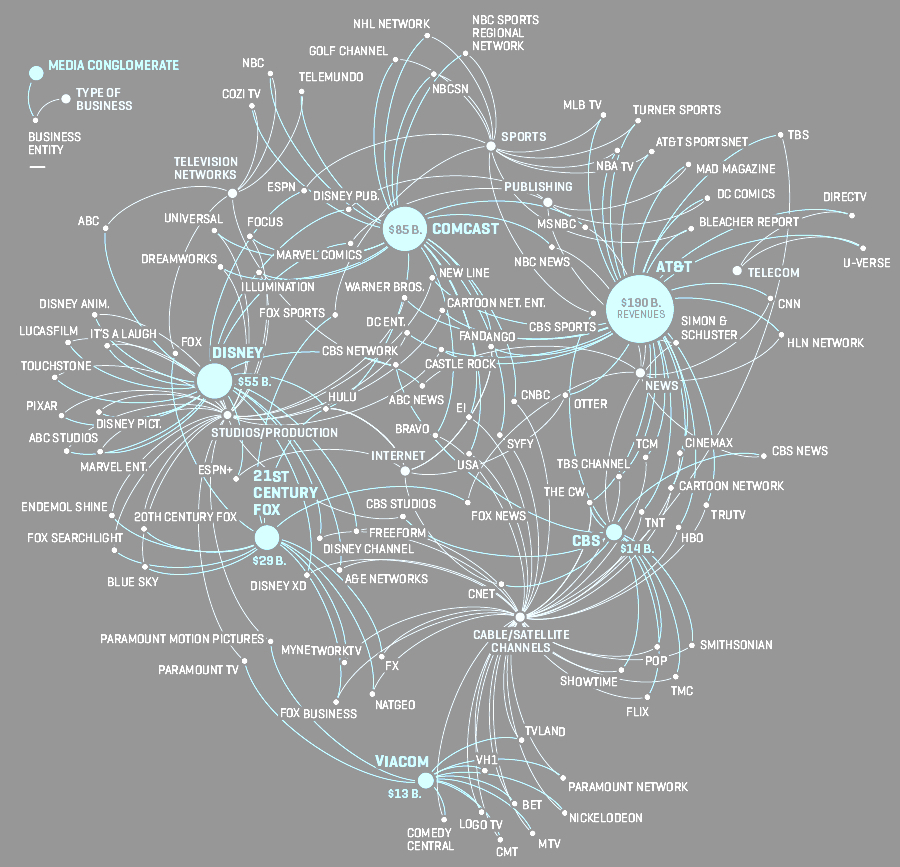Cognitive Miser Quiz
These are all questions that you have the information to answer. However, you will have a limited time to answer these. This is to illustrate how your brain works, not to test your knowledge. Do the best you can. Don’t answer “I don’t know.” Give it a guess.
- Some months have 31 days, and some months have 30 days. How many months have 28 days?
- Do they have the fourth of July in England?
- How many of each kind of animals did Moses take on the the ark?
- If a plane crashes on the border of Mexico and the United States, where will the survivors be buried?
- If a rooster lays an egg on the peak of a roof, which direction (right or left) will the egg roll?
- Which side of the chicken has the most feathers?
- Can a California man legally marry his widow’s sister?
- What four words appear on every US coin besides “In God We Trust?”
- How many cubic feet of dirt are in a hole 1 foot deep, 3 feet long, and 2 feet wide?
- Cincinnati is a big word. Can you spell it with one “i”?
More info on the concept of the cognitive miser can be found here. I also have to thank Dr. Tiffany Sia for this activity!
Lingering freewrite
As we have been discussing over the last two days, synthesis happens in piece of writing when two or more sources are juxtaposed (placed side-by-side) to make some kind of point (compare/contrast, exemplify, point to a cause or effect, etc.). Find a moment in “This Article Won’t Change Your Mind,” when Beck is using synthesis to make meaning from two or more sources. Paraphrase the sources used, drawing explicit attention to the goal of the synthesis — is it being used to build a case (using words like “similarly”), provide an example (using words like “specifically” or “consider”), etc. Once you are finished writing this paraphrase, paste it into this document.
Doing more with synthesis
Your scope for Response #1 was limited by one or two moments of synthesis between a few texts; however, a more developed source-based paper will engage multiple moments of synthesis that add up to a persuasive central idea (aka a thesis). This central idea — usually an argument or analysis — evolves as the essay marches forward. Often it starts with a soft focus and then slowly develops into a more elaborate idea.
In this way, the process of drafting syntheses should lead writers to a larger purpose, though that purpose may have only started as a vague hunch. As authors grapple with the language of sources through paraphrases and interpretations of pulled quotations, they begin to see the specificity of their work, which comes into sharper relief as they revise. The process is sometimes frustrating, usually messy, and always incremental (meaning it happens step by step).
Often the work of synthesis is made visible, though, by using certain transitions and transitional phrases. This handout can help you identify such moments, but you can also use these as you create your own:

- How do the moments of synthesis we discussed from “This Article Won’t Change Your Mind?” build toward a larger, evolving claim?
- How do the sources Beck draws from help in its evolution? Can we see moments where sources are used to build a case (via comparison), make room for different or dissenting ideas (via contrast), used to illustrate an idea (exemplification), or to explain a relationship between things (cause/effect)?
Revisions to Response #1
Response #2, due Monday, will require you to take another attempt at synthesis. To prepare for that let’s take a look at some of your revisions from Response #1. As we do, we might ask some of these questions, which are adapted from Karen Craigo, a professor of writing at Bowling Green:
- Are meaningful relationships between sources explored for the enhancement of the essay? Are these clearly marked?
- Does the author’s voice dominate, or is a particular source or group of sources taking over?
- Are synthesis words or phrases used to link two or more different sources? Do these words or phrases accurately summarize the relationship between/among sources? For example, if the writers uses the word “similarly” are the source indeed similar and is this similarity explored in detail?
Homework for Thursday
- Read and annotate “The Making of a YouTube Radical” (from June 8, 2019 in The New York Times) using hypothes.is. Add 3-5 annotations, aiming to balance your timing (that is, first to the document ⇆ last to the document) with the above list of possible ways you might contribute. (You can also see Caleb Cain’s response to this story here.)

